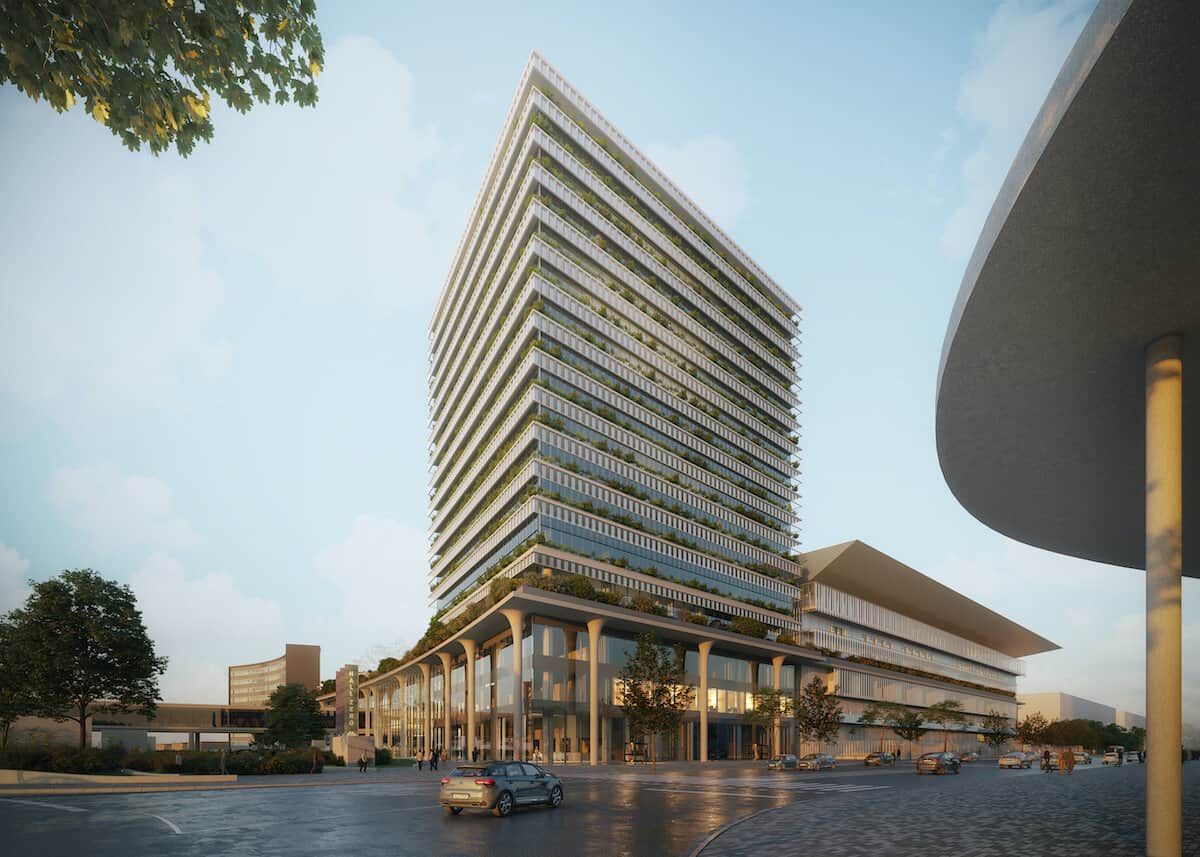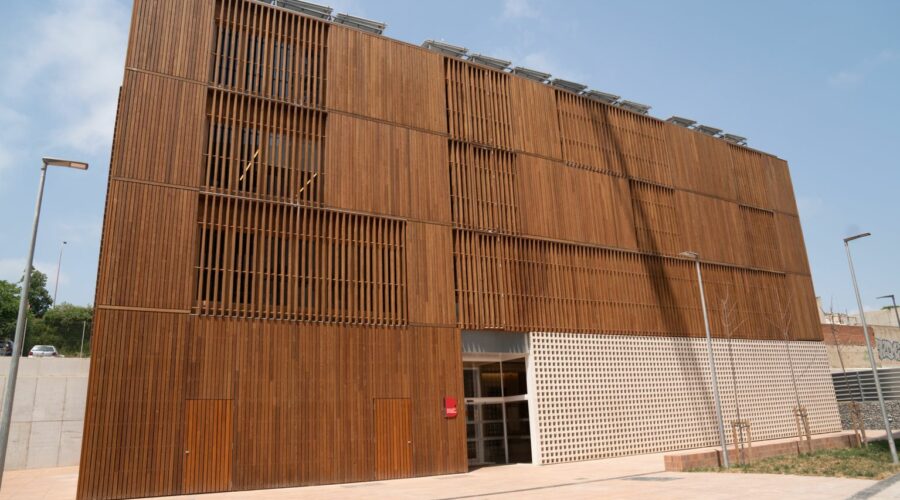In a strategic move, the Generalitat has announced the construction of an innovative office tower next to the Fira de Barcelona site on Gran Via.
This step marks a significant change in the property policy of the Catalan administration, which seeks to reverse the trend of recent years, going from being a mostly tenant entity to once again becoming a significant owner of the properties that will house its public employees in the near future.
180-degree turnaround in heritage policy with the construction of the office tower
The Catalan administration has taken the decision to radically change its property approach in response to a volatile real estate market with rising rental prices.
In an effort to reduce rental expenditure and free up resources for the provision of public services, the Generalitat intends to increase its property portfolio from the current 22% to 68% over the next 15 years.
This change of direction marks a 180-degree turnaround, as between 2012 and 2014, the Catalan administration sold 40 properties in Barcelona to raise revenue and reduce the public deficit.
This new policy responds to the need to relocate approximately 11,000 workers over the next 15 years, when current leases expire.
Torre Fira Generalitat: a 68-million-euro commitment
This ambitious project includes the construction of an office tower next to Fira de Barcelona’s Gran Via exhibition center. This building, with an estimated budget of 68 million euros, will occupy an area of 25,000 square meters and will house 1,200 workers.
The tower will be an integral part of the Gran Via expansion project and is expected to be completed by 2027. The Generalitat will thus become the main tenant of this space shared with the trade fair institution.
This initiative will strengthen the presence of the Generalitat in the Paseo de la Zona Franca and will concentrate more than 6,000 officials. This strategic move will make it possible to abandon the current dispersion, where around 20,000 public employees are distributed in approximately one hundred buildings in Barcelona.
The Administrative District of the Generalitat in L’Hospitalet de Llobregat, which houses some 3,400 workers, has already established a successful precedent in the consolidation of spaces and services.
The Generalitat also intends to transform the older buildings into a new office model, in line with the Administrative District in the Marina de Port neighborhood. Space optimization will be key, as around 6,500 public workers are expected to benefit from these changes.
The approach will include offices without assigned locations, flexible and collective spaces, elimination of paper consumption and a commitment to energy efficiency. In addition, with the current teleworking trend, the aim is to adapt spaces to fit the maximum number of workers in an efficient manner.




